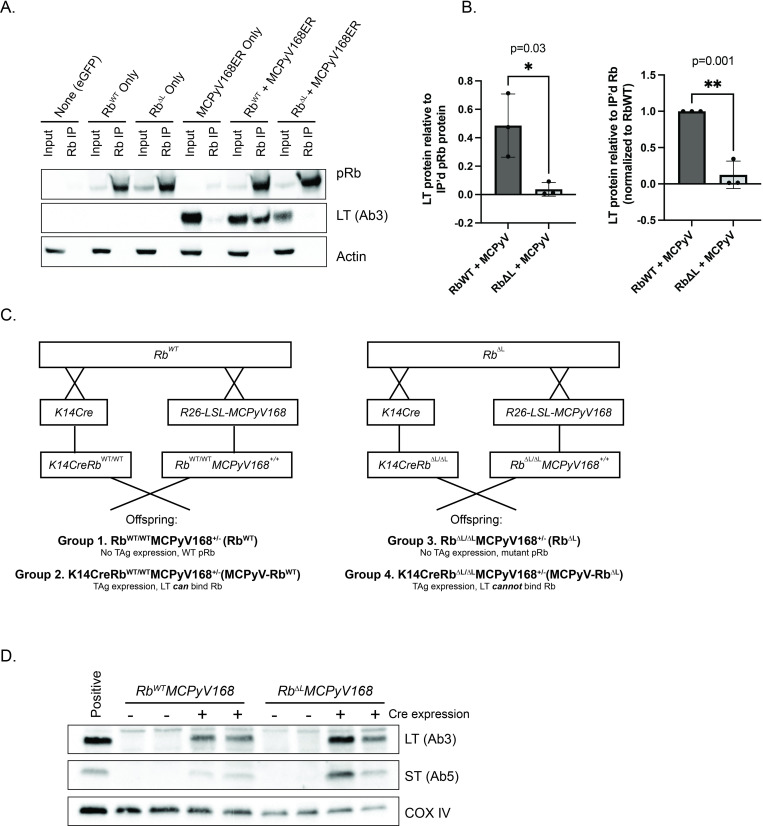Fig 1. The RbΔL mutation in pRb disrupts its interaction with MCPyV LT but does not affect K14-directed expression of MCPyV T antigens in the skin of mice.
A) Co-immunoprecipitation and immunoblot analysis of the MCPyV large T antigen (LT) and pRb. 293FT cells were transfected with pcDNA-dsRed plasmid (none), pRbWT only, pRbΔL only, a MCPyV-168ER expression construct expressing the MCPyV168 early region only, or co-transfected with pRbWT + MCPyV168ER or pRbΔL + MCPyV168ER. At 48 hours post-transfection, whole cell lysates were collected. Using an anti-pRb antibody, the pRb protein was immunoprecipitated from a total of 1 mg of total protein lysate. Pre-cleared lysate corresponding to approximately 3% (30 μg) of that used in the immunoprecipitation assay was used as an input control. The input controls and immunoprecipitated complexes were then analyzed by western blotting for pRb (top), the MCPyV LT antigen (middle; Ab3 antibody) and β-actin as a loading control. B) Quantitation of co-immunoprecipitated MCPyV LT protein normalized to the amount of immunoprecipitated pRb protein. Three independent replicates of pRb immunoprecipitation followed by pRb and MCPyV LT immunoblotting were performed. Using densitometry, the total amount of immunoprecipitated pRb and MCPyV LT co-immunoprecipitated with pRb was quantified. The results are shown as direct values (left) or normalized to pRb-WT (right). Error bars indicate standard deviation. Statistical comparisons were performed using unpaired t-tests and p-values are indicated. Please refer to the text for more information regarding statistical comparisons. C) Overview of breeding scheme to generate the four experimental groups of mice included in this study. All groups of mice were generated to remain homozygous for either the RbWT or RbΔLXCXE (RbΔL) alleles. For each group of mice, the abbreviated genotype label is indicated in parentheses. D) Immunoblot analysis of whole skin lysates isolated from RbWTMCPyV168 and RbΔLMCPyV168 transgenic mice alone (-Cre) or crossed with K14Cre (+Cre). Skin lysates (50 μg total protein) were analyzed for MCPyV large T (LT) expression with the Ab3 antibody, small T antigen expression (ST) with the Ab5 antibody, and COX IV as a loading control.

